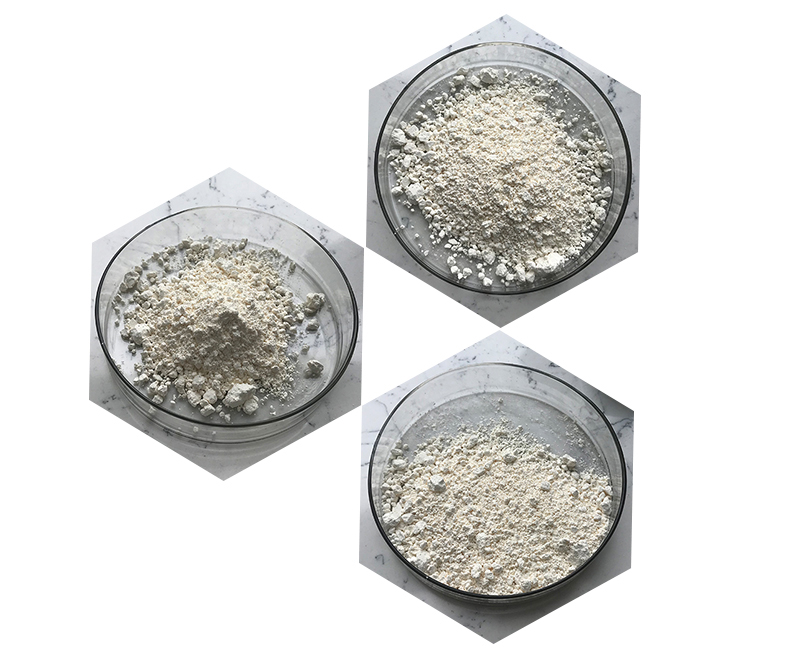Natamycin is an antifungal agent used primarily in the food industry and ophthalmology for its ability to inhibit the growth of molds and yeast. Here’s an overview of its function and efficacy in these two contexts:
Food Industry:
- Function: Natamycin, also known as pimaricin, is commonly used as a food preservative to prevent the growth of mold and yeast in various food products. It is particularly effective against the fungal species responsible for spoilage in dairy products (such as cheese and yogurt) and certain baked goods.
- Efficacy: Natamycin is highly effective at controlling the growth of molds and yeasts, even at very low concentrations. It is considered safe for consumption because it is selective in its action, targeting fungi without affecting the taste, texture, or nutritional value of the food. It forms a protective barrier on the surface of the treated food, preventing the growth of unwanted microorganisms.

Ophthalmology:
- Function: In ophthalmology, Natamycin is used as a topical antifungal medication to treat fungal eye infections, particularly those caused by species of fungi called filamentous fungi (e.g., Fusarium and Aspergillus). It helps to stop the progression of these infections by inhibiting the growth of the fungal cells.
- Efficacy: Natamycin is considered effective against many fungal eye infections and is often the treatment of choice for keratitis (corneal infection) caused by filamentous fungi. It can be administered as eye drops or ointment. The efficacy of Natamycin in treating eye infections depends on factors such as the type of fungus involved, the severity of the infection, and the patient’s overall health. It is generally well-tolerated, but like all medications, it may have side effects or interactions with other drugs.
Overall, Natamycin is a valuable antifungal agent with well-established roles in the food industry and ophthalmology. Its efficacy in controlling fungal growth makes it an important tool in preserving food quality and treating certain eye infections. However, its use should be guided by appropriate regulations and medical advice to ensure safety and effectiveness.
Adverse Effects of Natamycin
Natamycin is an antifungal medication that is used to treat various fungal infections, particularly those affecting the eyes and skin. While it is generally considered safe and effective when used as directed by a healthcare professional, like all medications, it can have adverse effects in some individuals. Common adverse effects of natamycin may include:
- Eye Irritation: When used in ophthalmic (eye) preparations, natamycin can sometimes cause mild irritation, burning, stinging, or redness in the eyes. This is usually temporary and not a cause for concern.
- Allergic Reactions: Allergic reactions to natamycin are rare but can occur. Signs of an allergic reaction may include itching, swelling, rash, severe dizziness, or difficulty breathing. If you experience any of these symptoms, seek immediate medical attention.
- Increased Eye Redness: In some cases, natamycin may cause an increase in eye redness, which could be a sign of an adverse reaction. If this occurs, contact your healthcare provider.
- Eye Discomfort: Some individuals may experience discomfort or a foreign body sensation in the eye after using natamycin ophthalmic drops.
- Skin Irritation: When used topically for skin infections, natamycin may cause skin irritation, redness, or itching at the application site.
- Dryness: Natamycin ophthalmic drops may lead to dryness in the eyes for some people.
It’s important to use natamycin as prescribed by your healthcare provider and to follow their instructions carefully. If you experience any unusual or severe side effects while using natamycin, contact your healthcare provider or seek medical attention promptly.
Additionally, natamycin is primarily used topically (on the skin or in the eyes), which limits its systemic absorption and reduces the risk of systemic side effects. However, it is essential to discuss any potential interactions or contraindications with your healthcare provider, especially if you have underlying medical conditions or are taking other medications.
This list of adverse effects is not exhaustive, and individual responses to medication can vary. If you have concerns or questions about natamycin or its side effects, consult your healthcare provider for personalized guidance and recommendations.
